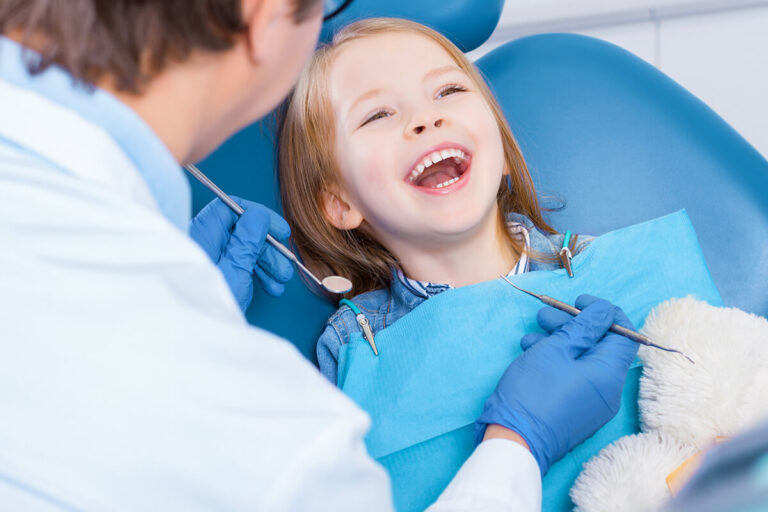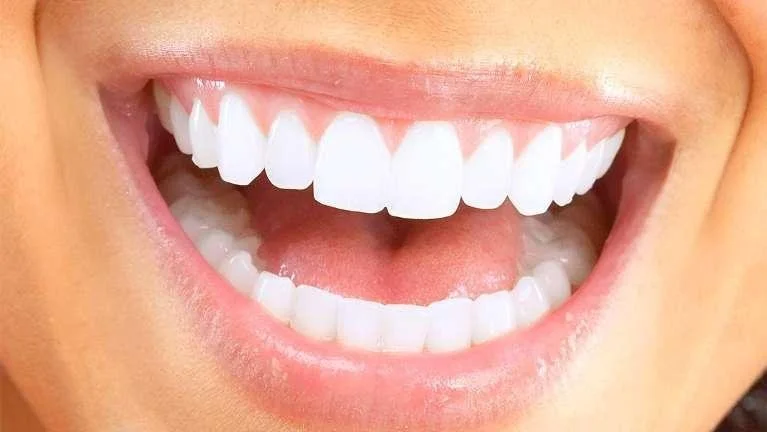What to Expect During an Emergency Dental Visit

Dental emergencies can happen at the most unexpected times, leaving you in pain and unsure of what to do. Whether it’s a sudden toothache, a cracked tooth, or an oral injury, seeking emergency dentistry care provides timely relief and prevents complications. This guide explores how emergency dental care works, what to expect during your visit, and why immediate attention is necessary.
How Is Pain Managed Quickly?
One of the top priorities during an emergency dentistry visit is managing your pain effectively and quickly. Dentists understand that severe dental pain can be overwhelming, so they take immediate steps to bring relief.
Depending on the nature and severity of the discomfort, your dentist may offer one or a combination of the following:
- Local Anesthesia: This numbs the affected area, offering immediate relief from throbbing or sharp pain while allowing the dentist to perform necessary treatments.
- Medication: For cases involving infection or swelling, antibiotics or anti-inflammatory medications may be prescribed to reduce pain and address the underlying issue.
- Temporary Solutions: If a more permanent fix (such as a crown) is required, temporary measures like covering exposed nerves or filing sharp edges are used to alleviate discomfort.
By addressing your pain first, your dentist makes sure that you’re comfortable before proceeding with any additional procedures.
What Treatments Are Commonly Performed?
Emergency dentists are equipped to handle a variety of urgent oral care needs. Common treatments include:
- Tooth Extractions: When a tooth is severely damaged or causing extreme pain, extraction might be the best solution. Dentists will only suggest this after careful evaluation to preserve your oral health.
- Root Canals: If you’re experiencing severe pain due to an infected or abscessed tooth, a root canal may be performed to save the tooth while eliminating pain and infection.
- Repair of Chipped or Cracked Teeth: Accidental trauma can leave teeth chipped, cracked, or even partially broken. Emergency dentists use techniques like bonding or crowns to restore the tooth’s structure.
- Treatment for Oral Injuries: Cuts, tears, or punctures in the mouth due to injuries may need stitches and evaluation to prevent infection.
- Relief of Abscesses: Dental abscesses are often painful and require immediate draining to control the infection and prevent it from spreading further.
Emergency dentists are trained to diagnose and treat these issues quickly, minimizing long-term risks to your oral health.
Will X-Rays Be Required?
X-rays are often a necessary part of emergency dentistry. They allow the dentist to assess the underlying structure of your teeth, gums, and jawbone, which helps them pinpoint the exact cause of pain or damage. X-rays can detect hairline fractures, hidden decay, or infections below the gumline that aren’t visible to the naked eye.
If x-rays are necessary, don’t worry, they’re quick and painless. Modern dental practices also use digital x-rays that minimize radiation exposure while providing high-quality images for accurate diagnosis.
Consult an Emergency Dentistry Provider
When a dental emergency occurs, prompt care can alleviate your pain and prevent further complications. Waiting too long may worsen the issue or lead to avoidable extractions and treatments. If you’re facing a dental emergency, contact an emergency dentistry provider right away. Their expertise and quick response can save your smile and alleviate your discomfort.
- What to Expect When Visiting a Foot and Ankle Specialist
- Causes of PTSD
- The Link Between Plantar Fasciitis and Weight Gain: What You Need to Know
- How Pet Ownership Can Positively Impact Life with Fibromyalgia
- The Importance of Stretching and Flexibility in Sports Medicine
Dr. Emma Green is a health and wellness expert with over 10 years of experience in nutrition and fitness. Passionate about helping others live their healthiest lives, Dr. Green shares practical advice on wellness, nutrition, and sustainable living through LivingSpristine.






